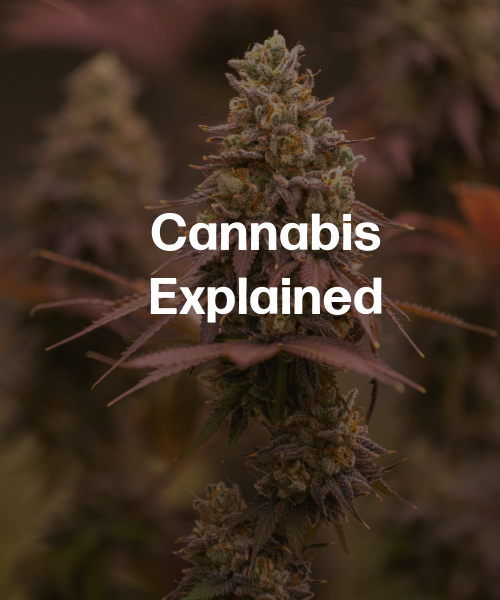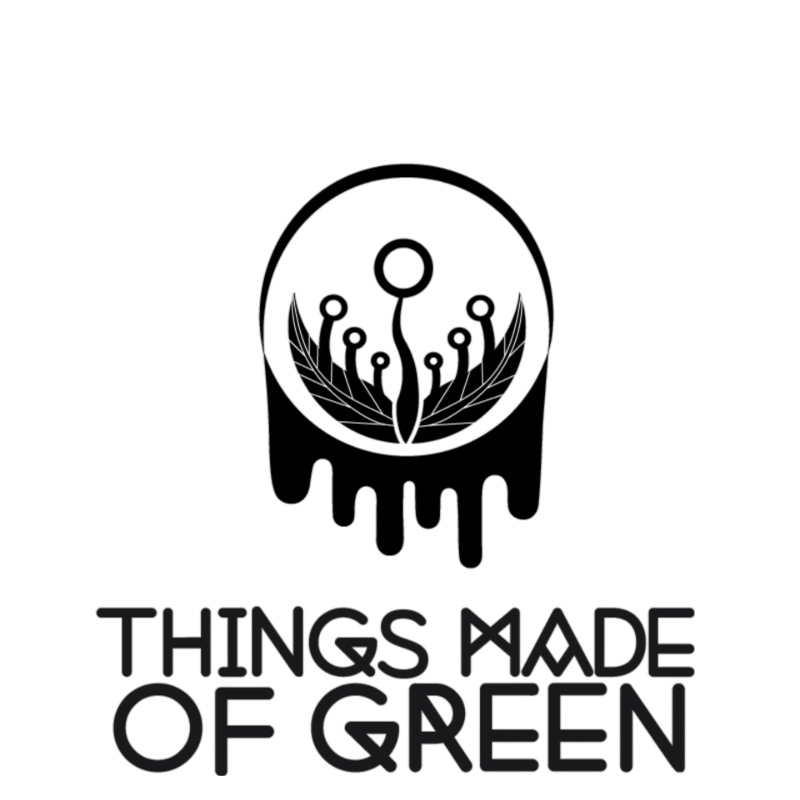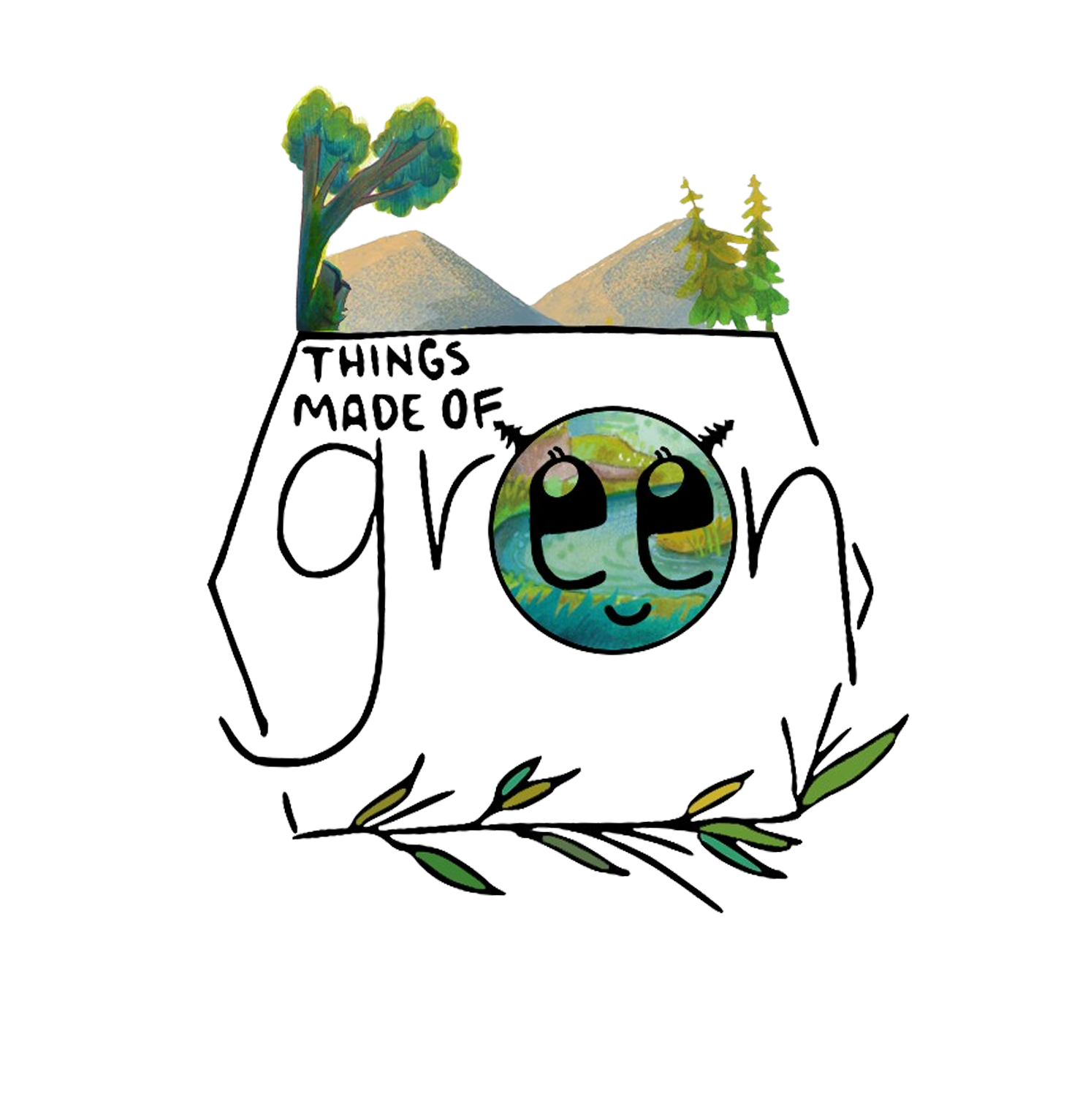Cannabis Crash Course

What is Cannabis?
Cannabis is a plant that belongs to the Cannabaceae family, and is commonly known for its psychoactive and medicinal properties. It has been used for thousands of years for various purposes, including recreation, medicinal, and industrial applications.
The three main species of Cannabis
Cannabis Sativa, Cannabis Indica, and Cannabis Ruderalis
Sativas will typically grow tall and have narrow light green leaves , Indicas will often be shorter and bushier plants with broader darker leaves, and Ruderalis will generally be hardier plants adapted to harsh/unideal climates with smaller leaves and flowers.
That's literally all there is to the whole Indica/Sativa categorization. Indica and Sativa is only appropriately used if talking about physical traits of a plant, and is not an accurate way to describe the experience you'll receive from a product.
So what is it that makes Cannabis so unique and versatile?
Over 100 cannabinoids, 200 Terpenes, and 20 flavonoids, just to name a few
But before we dive into Cannabinoids, Terps, and Flavonoids, let's talk about the structure of cannabis and where these compounds are naturally formed, Trichomes (See picture above).
Cannabis trichomes are small, hair-like structures that cover the surface of cannabis plants, especially on the flowers (buds), leaves, and stems, and give off a shiny crystal like appearance. These glandular mushroom-like structures play a vital role in the plant's defense and in the production of cannabinoids, terpenes, and flavonoids.
But before flower is cured, processed, and smoked, a trichome’s chemical makeup is quite different. Whereas THC and CBD constitute a large portion of the cannabinoid in freshly smoked flower, they are relatively minimal in flower tissue immediately post-harvest compared to THCA and CBDA. As flower cures, however, degradation alters the trichome’s composition to favor THC and CBD, reaching a pinnacle as the product is smoked and the trichome’s very constitution is converted via decarboxylation.
Most trichomes are located in the bracts of the cannabis flower. The cannabinoid profile these trichomes present, though largely dependent on genetics, is ultimately determined by the environment in which they are grown.
Cannabinoids
Cannabinoids are a group of compounds that interact with cannabinoid receptors in the body and brain, known as the endocannabinoid system. They are found primarily in the cannabis plant, but the body also produces its own, called endocannabinoids.
Cannabinoids interact with our endocannabinoid system through two main receptors:
- CB1 receptors: Found primarily in the brain and central nervous system.
- CB2 receptors: Found mainly in the immune system and peripheral organs.
As mentioned above, there are more than 100 known cannabinoids in the cannabis plant, but some are much more common than others, so here's a quick snapshot of some of today’s key cannabinoids:
- THC (Tetrahydrocannabinol): The star of the show, THC is responsible for the sensation associated with marijuana. The main type of THC is Delta-9 THC
- THCa (Tetrahydrocannabinolic Acid): The precursor to THC, THCa converts directly to psychoactive THC when it’s heated or smoked.
- THC-P (Tetrahydrocannabinol): Generally believed to be a more potent analog of THC, THC-P
- THC-V (Tetrahydrocannabivarin): Sometimes referred to as “diet weed,” THC-V is structurally similar to THC
- CBD (Cannabidiol): THC’s chill counterpart, CBD is known for much milder effects than THC
- CBN (Cannabinol): A sleepy-feeling cannabinoid, CBN is generally considered less potent than THC and is often found in aged cannabis.
- CBG (Cannabigerol): Referred to as the “mother,” CBG is the precursor molecule for many other cannabinoids.
- CBC (Cannabichromene): A non-psychoactive cannabis compound, CBC may function as the “glue” that binds other cannabinoids together.
Terpenes
Terpenes are aromatic compounds found in many plants, including cannabis, and they contribute to the plant’s distinctive scents and flavors. In cannabis, terpenes not only provide unique aromas (such as citrusy, piney, or earthy smells) but also play a role in how cannabinoids like THC and CBD affect the body.
Terpenes interact with the body's endocannabinoid system (ECS) in several ways, but unlike cannabinoids, they don't directly bind to cannabinoid receptors (CB1 and CB2).
Instead, they influence how cannabinoids interact with these receptors and modulate their effects. This interaction is known as the "entourage effect."
The entourage effect is the idea that cannabinoids and terpenes work together synergistically to create a more comprehensive therapeutic effect than cannabinoids alone.
For instance, terpenes like myrcene are believed to enhance THC's psychoactive properties, while others like limonene may elevate mood or reduce anxiety when combined with CBD.
Notable Terpenes:
- Myrcene
- Limonene
- Linalool
- Pinene
- Caryophyllene
In summary, while terpenes don’t directly activate cannabinoid receptors, they significantly influence the overall effects of cannabinoids through the entourage effect, by modulating how cannabinoids interact with the Endocannabinoid System.
Flavonoids
Flavonoids are responsible for the color of the plant and help give the plant its rich variety of appearances and flavors, much like how they do in other plants like fruits and vegetables.
Much like terpenes , Flavonoids work together with cannabinoids (like THC and CBD) in what is called the entourage effect. Meaning that all these compounds work better together than alone, enhancing the overall impact of cannabis.
So, all of that to say what exactly?
The cannabis experience is so much more complex than Indica, Sativa, or THC%'s, but no matter what you want to call it; Hemp, CBD, D9-THC,THCa, etc. it's all cannabis.
Cannabis affects everyone differently, so what works for you may not work for someone else and vice versa; but the key to understanding what works for you starts with knowing which terpenes and cannabinoids work best with your Endocannabinoid System.
We sincerely hate that the cheap and easy THC% & Indica/Sativa marketing has been so effective and misled so many people , but we believe that by providing providing you with essential cannabis education, we can build and cultivate a more transparent cannabis experience and industry.


